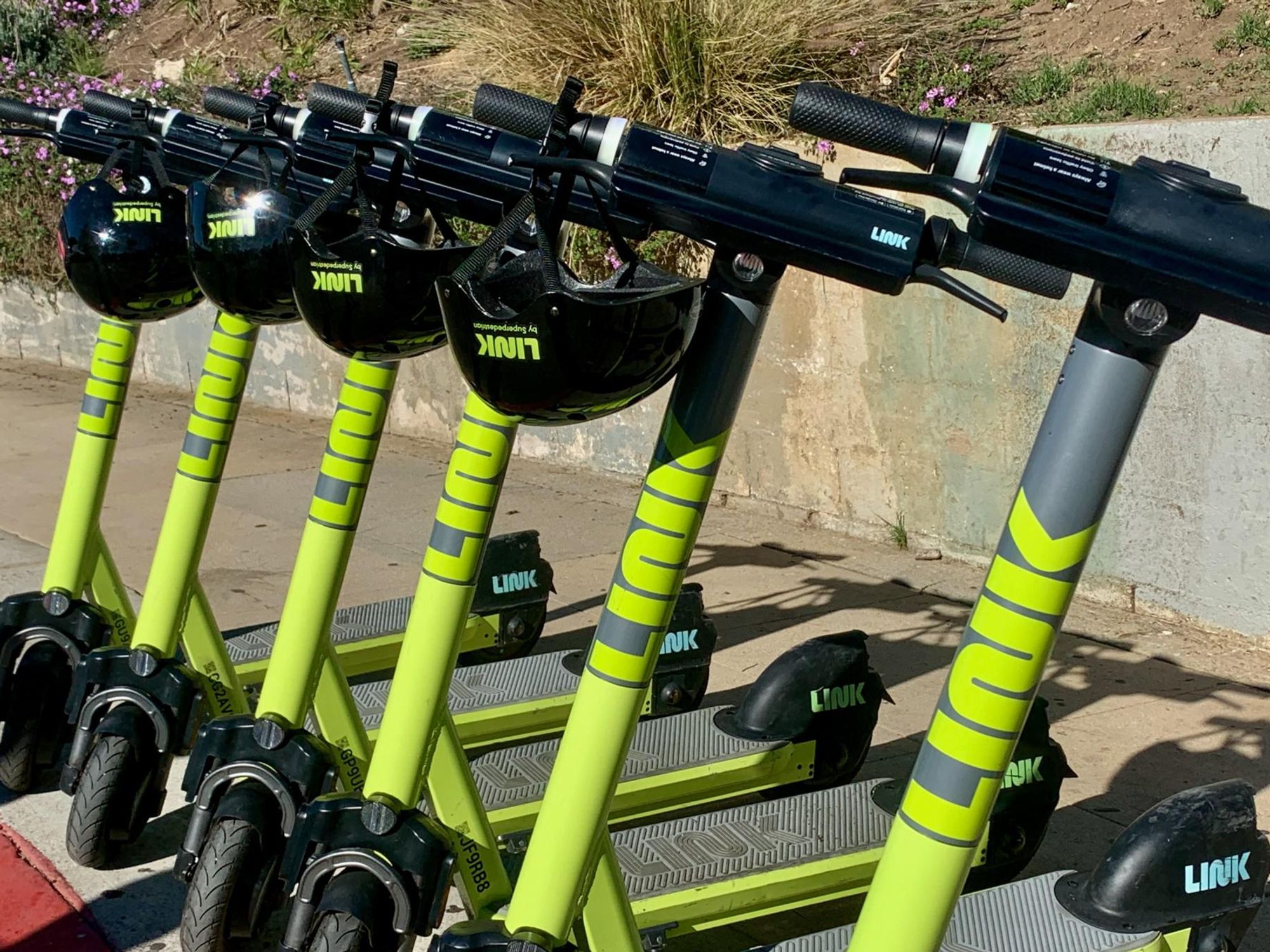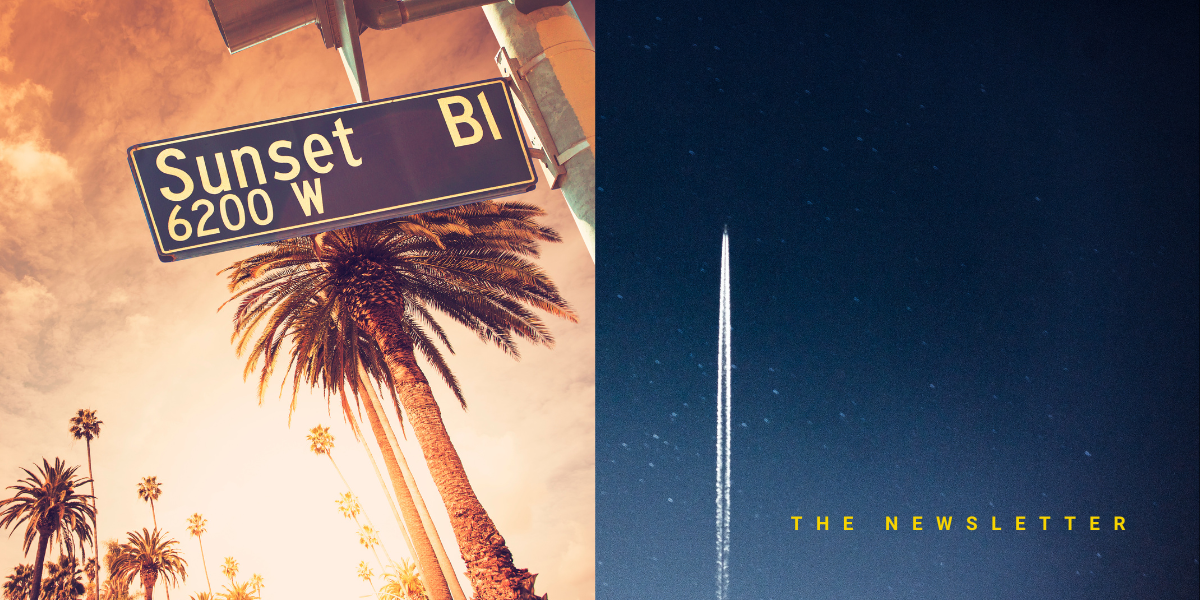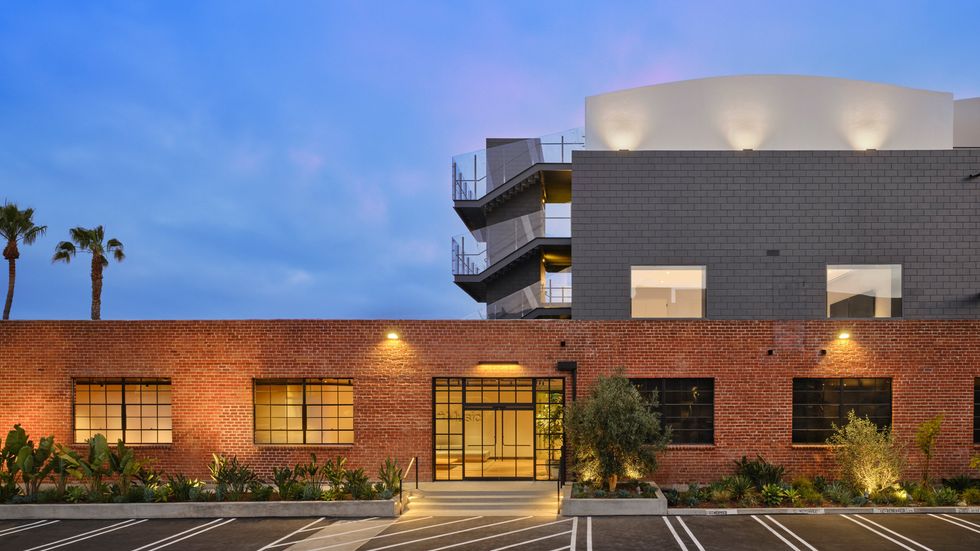Superpedestrian Will Add Another 1500 LINK Scooters to LA Streets
Zac Estrada is a reporter covering transportation, technology and policy. A former reporter for The Verge and Jalopnik, his work has also appeared in Automobile Magazine, Autoweek, Pacific Standard, Boston.com and BLAC Detroit. A native of Southern California, he is a graduate of Northeastern University in Boston. You can find him on Twitter at @zacestrada.

While the electric scooter market might appear flooded based on how many of the vehicles are scattered along sidewalks in major U.S. cities, there is yet another company on the block trying to make the case for alternative mobility solutions across the country, including here in Los Angeles.
Founded in Cambridge, Mass., in 2013, transportation robotics startup Superpedestrian launched its LINK e-scooter network in its hometown (which is also home to Harvard and MIT) in early 2020—just as the coronavirus pandemic put the brakes on demand for shared services like ride-sharing, bike-sharing and, of course, e-scooters.
That may have helped LINK gain a footing in L.A. and other locales, however, as Superpedestrian has now expanded the service to nearly 50 cities around the world.
“At the beginning of the pandemic there were a lot of people who went out and bought their own cars because they thought it would be a safer way to get around,” Superpedestrian policy and business development manager Sharon Zhang told dot.LA. “But now they’re seeing how much it costs to own a car.”
Superpedestrian’s LINK scooters arrived in L.A. in August 2021 through a program with the city’s Department of Transportation. There are currently about 3,500 of the company’s electric scooters dotted around the city—from Downtown to the San Fernando Valley and in neighborhoods like Koreatown, Eagle Rock and Highland Park—and LINK plans to ramp up to 5,000 scooters on city streets this year. Superpedestrian has also parked some of the scooters around USC and UCLA, in the hopes of building ridership among college students.
Superpedestrian deployed its first vehicles in neighborhoods that it identified as either popular for other e-scooter companies, or as having less-than-adequate bus or light-rail service and ripe for micromobility solutions. While LINK initially appealed to recreational riders, it’s increasingly being used by riders to commute to work and school or to connect with other transportation options, according to Zhang. LINK says the average scooter ride in the city is 1.4 miles and less than 15 minutes long. (Rides cost $1 to unlock the scooter, plus 39 cents per minute.) So far, the company has attracted more than 400,000 rides in L.A. covering over 540,000 miles.
Of course, LINK has to compete in a crowded e-scooter market that has exploded in popularity since the mid-2010s. The L.A. area is dominated by Santa Monica-based Bird, which went public through an SPAC deal last year, and San Francisco-based Lime. Ride-hailing companies Uber and Lyft have also stepped into the market—though Ford-backed Spin announced this month that it was “beginning to exit nearly all open permit markets globally” in a bid for profitability. There are also various bike-sharing services to account for, like the one run through L.A.’s Metro system.
“We’ve been asked in other markets why we’d want to be there when there were 6 or 7 other [e-scooter] companies,” Zhang said.
The ace up LINK’s sleeve, she noted, is that Superpedestrian designed and manufactured its own scooters, rather than outsourcing to a third-party company as some of its competitors do. Superpedestrian engineered the LINK scooters to be larger and heavier than some competing models; that makes them more stable on pothole-stricken streets and allows for a larger battery than other scooters, with an estimated 61-mile range in typical conditions.
Zhang said the reinforced chassis on the scooters not only provides stability but also lowers the costs of deploying them. Superpedestrian uses its own staff to charge and service the scooters—rather than employing contract or gig workers—at two L.A.-area facilities. That staff, part of a roughly 55-person team that the company employs in the area, can swap out different parts that might be damaged, rather than scrapping the whole scooter. And while the scooters are expected to last for several years on the streets, their batteries are expected to outlive other hardware pieces and can be reused with new scooters.
Vandalism is still the largest threat to LINK’s scooter fleet. Superpedestrian said they’ve received reports of the vehicles being recovered from across state lines and, in some cases, after being thrown into water; in the latter instance, some of the scooters were able to dry out and still function.
Superpedestrian also leans on its “vehicle intelligence” technology to run more than 1,000 system checks on individual scooters, which can inform technicians whether there’s a low charge level or power delivery and braking problems. Its system can also determine if a scooter is left in an unsafe location—such as blocking a sidewalk or access point—or if it’s entering an area where e-scooters are banned, in which case it will flash lights on its handlebars before eventually coming to a stop.
Later this year, Superpedestrian plans to incorporate a pedestrian defense system, which it says can determine if riders are on the sidewalk when they shouldn’t be or violating other traffic laws based on regulations. The scooters, which can reach speeds of up to 20 miles per hour, are regulated to a 15-mile-per-hour maximum, and are slowed even more when the scooter’s sensors detect it is entering a no-ride zone, such as Dodger Stadium.
Zhang said Superpedestrian is encouraged by the inroads LINK has made in L.A. and is looking to expand to other markets. In California, LINK also operates in San Diego and Bay Area cities including Oakland and San Jose.
But with e-scooters having rubbed many local communities the wrong way, Zhang added that LINK and other micromobility operators need more buy-in from stakeholders beyond city government officials. That includes not just city councils and local transportation departments, but also neighborhood councils and colleges and universities.
“Our goal is to continue to expand,” Zhang said. “L.A. is an open market for e-scooter permits, though—and the whole area can be like swiss cheese in terms of regulations.”
- Unagi E-Scooter Subscriptions Are Expanding in Los Angeles - dot.LA ›
- Escooter Startup Superpedestrian Takes to LA Streets - dot.LA ›
- Veo CEO Is Bringing Anti-Tech Bro Approach to Micromobility - dot.LA ›
- Ca Wheels’ Get More Underserved Angelenos to Ride E-Bikes? - dot.LA ›
Zac Estrada is a reporter covering transportation, technology and policy. A former reporter for The Verge and Jalopnik, his work has also appeared in Automobile Magazine, Autoweek, Pacific Standard, Boston.com and BLAC Detroit. A native of Southern California, he is a graduate of Northeastern University in Boston. You can find him on Twitter at @zacestrada.




 Image Source: Tinder
Image Source: Tinder Image Source: Apple
Image Source: Apple